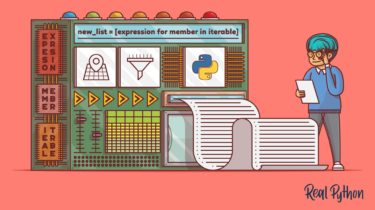Research Focus: Week of January 22, 2024
Welcome to Research Focus, a series of blog posts that highlights notable publications, events, code/datasets, new hires and other milestones from across the research community at Microsoft. EVENT SERIES Register for Microsoft Research Forum Join Microsoft Research Forum (opens in new tab) for a continuous exchange of ideas about science and technology research in the era of general AI. This series, which begins on January 30, will
Read more




